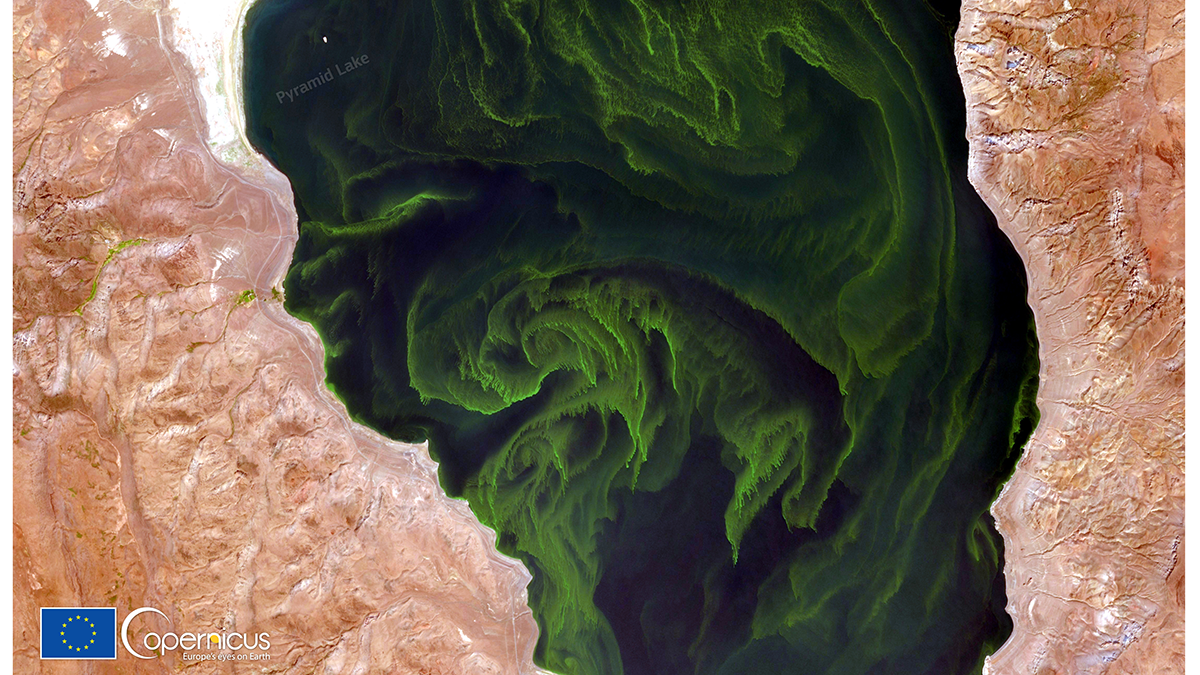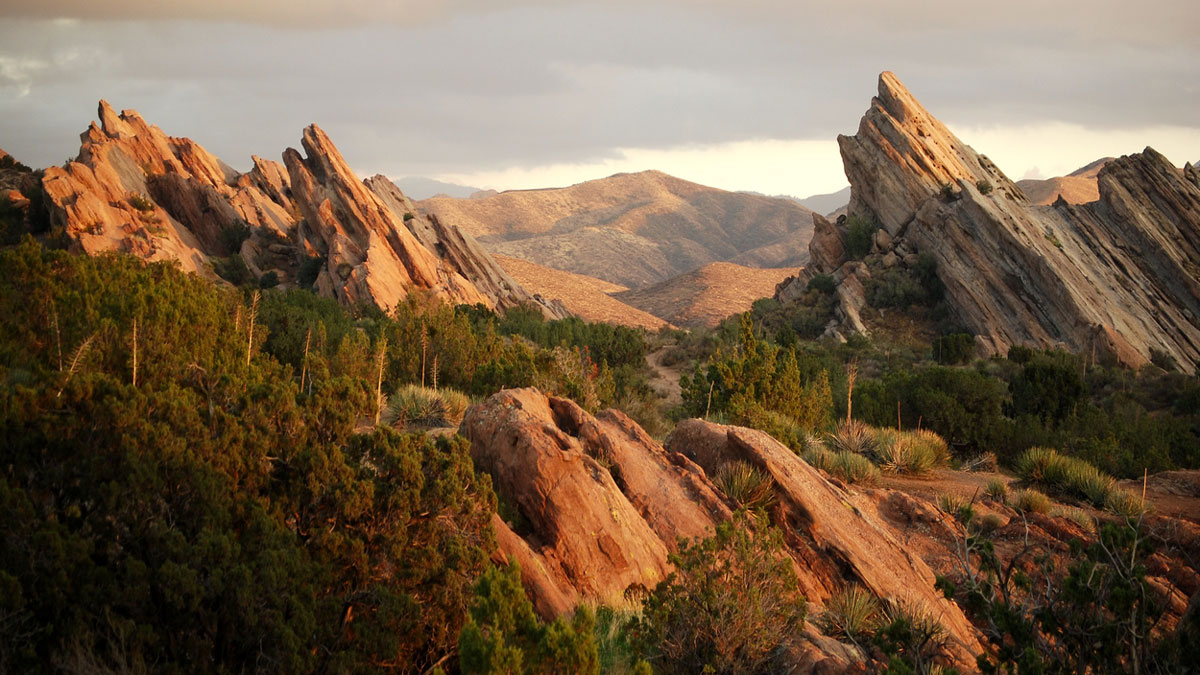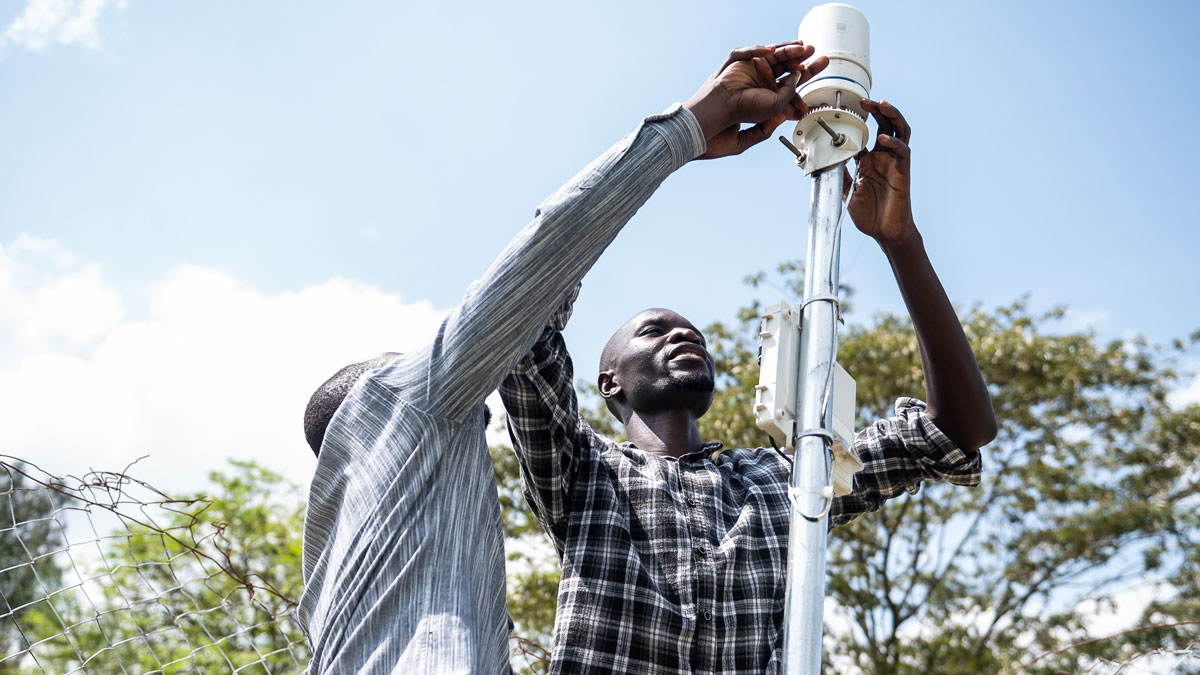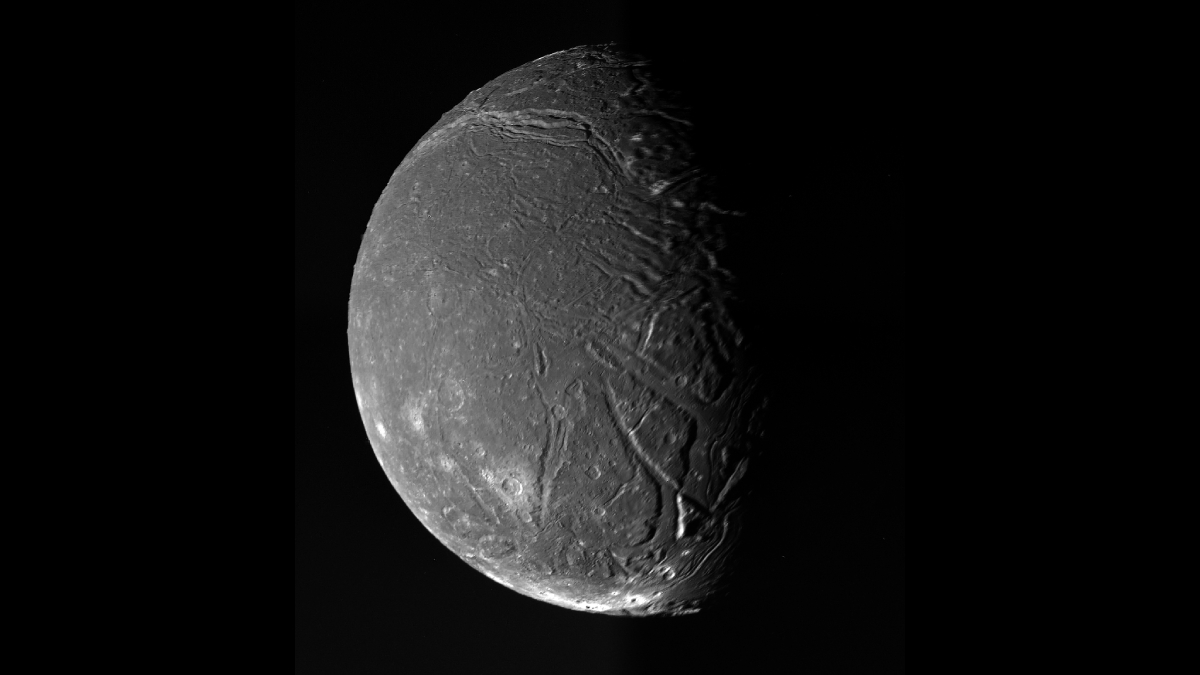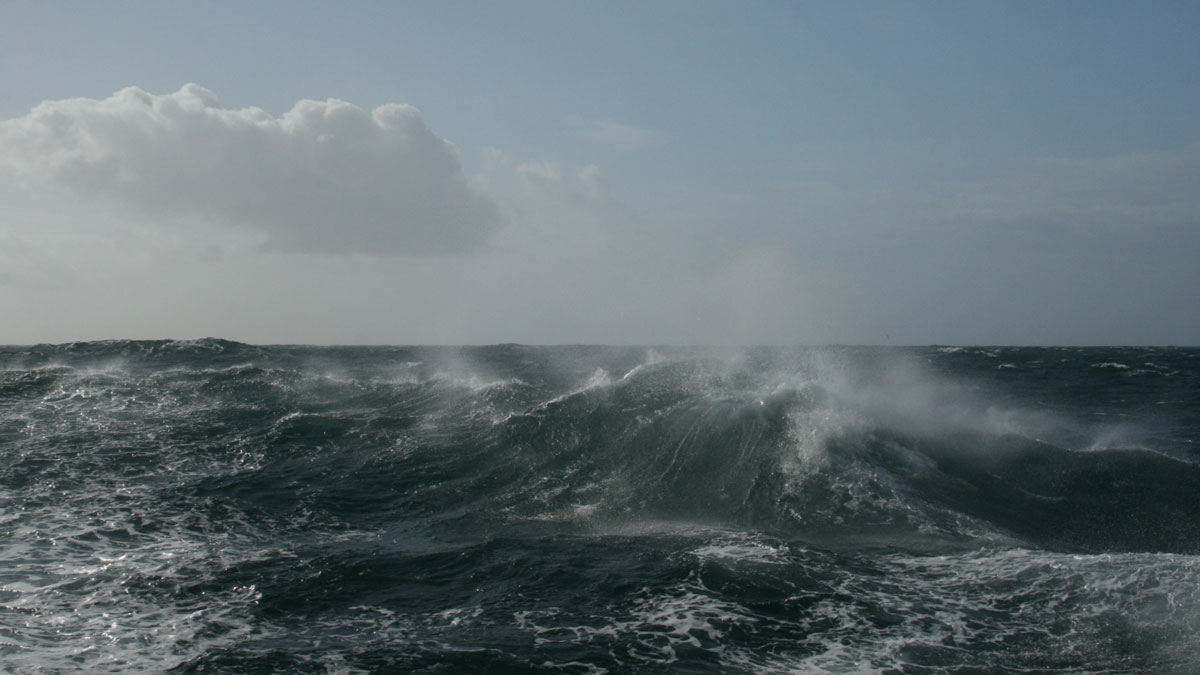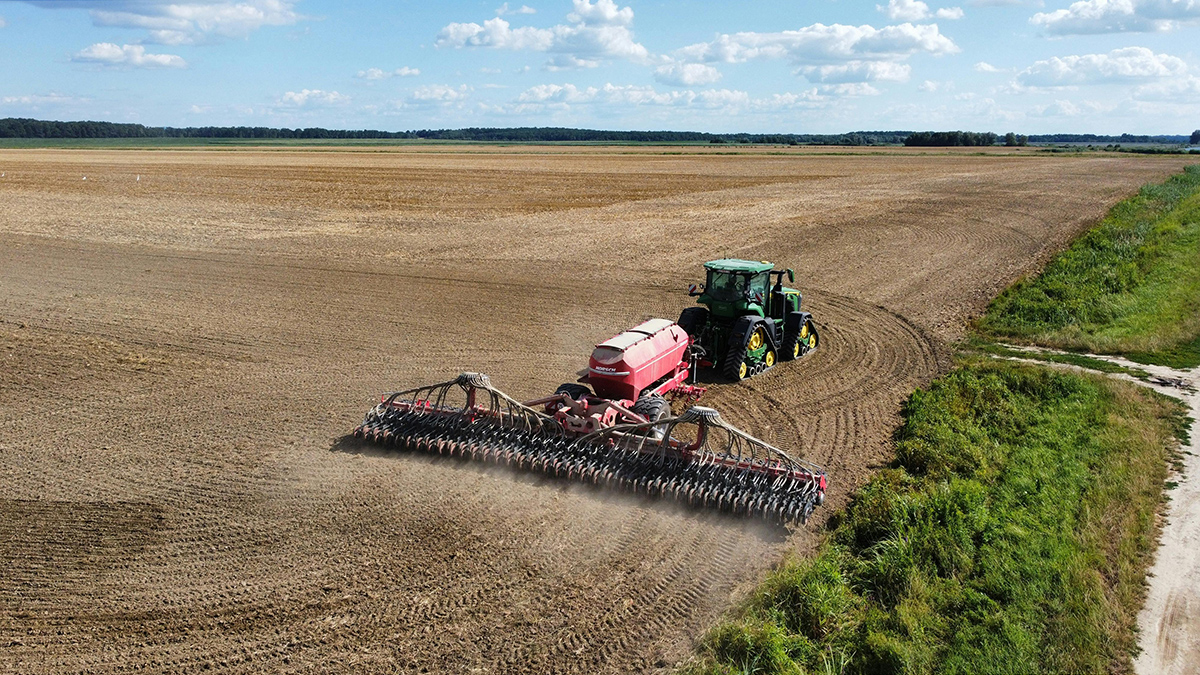New simulations reveal how atmospheric rivers influenced Greenland’s ice sheet during the Last Interglacial—offering clues to future melt in a warming world.
Modeling
Beavers are Not Concerned About Groundwater
But, scientists are! A new study illuminates the complex interactions of beaver dam induced ponding and floodplain inundation with shallow groundwater storage and flow patterns.
Global Climate Models Need the Nitrogen Cycle—All of It
Nitrogen plays important roles in areas including climate change, human health, and agriculture. A researcher argues that climate models would benefit from more fully incorporating its influence.
AI is Changing our Understanding of Earthquakes
Machine learning is expanding scientists’ catalogs of quakes and refining maps of underground faults. It also promises to improve quake forecasts.
Building Better Weather Networks
A lack of weather data often leaves African communities vulnerable. Convergent efforts to improve observational networks throughout the continent are slowly filling the gaps.
Tiny Uranian Moon Likely Had a Massive Subsurface Ocean
Ariel’s tempestuous subsurface ocean may have once composed more than half its total volume.
New Satellite Data Reveal a Shift in Earth’s Once-Balanced Energy System
The Northern Hemisphere is absorbing more sunlight than the Southern Hemisphere, and clouds can no longer keep the balance.
Seismic Anisotropy Reveals Deep-Mantle Dynamics
A new study offers insight into the viscous BLOBs at the base of Earth’s mantle.
The Southern Ocean May Be Building Up a Massive Burp
Modeled results suggest that if anthropogenic emissions decrease and the atmosphere cools, heat stored in the Southern Ocean could be released abruptly in a few hundred years, kicking off a temporary warming period.
Scientists Must Join Forces to Solve Forecasting’s Predictability Desert
To strengthen societal resilience to worsening natural hazards, siloed Earth system science communities must collaborate to understand conditions that favor skillful subseasonal-to-seasonal forecasts.



